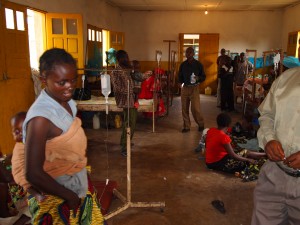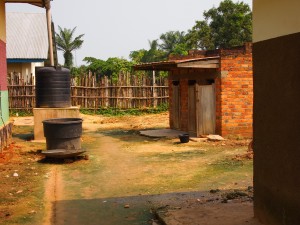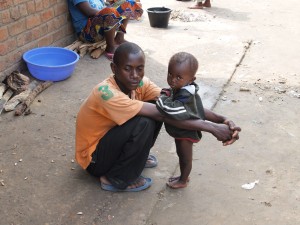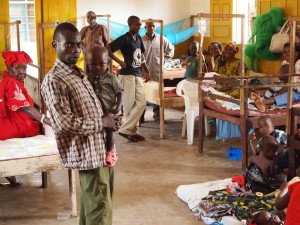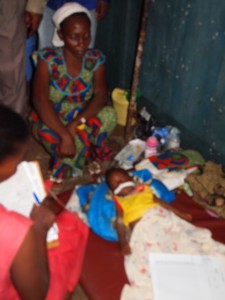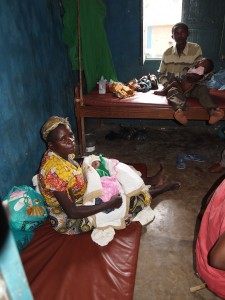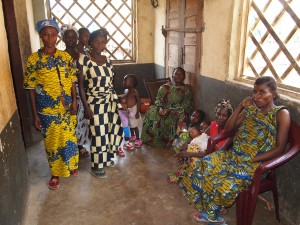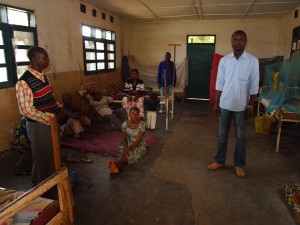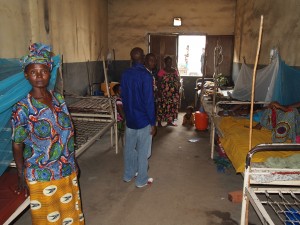These photos capture a recent trip across the Congo River from Kindu to its counterpart on the other side called the Commune D’Alunguli. I say “counterpart” because, in essence, the city/town of Kindu rests on two sides of the river. That causes problems for the people because much of the commerce and trade happens on the Kindu side. Thus, what prosperity there is, and there is very little, is found in Kindu. D’Alunguli remains a very poor cousin on the east side of the river.
Travelling the 800 or so metres across the Congo River is quite perilous because the only boats that make the journey are dugout canoes. Some are powered by motors while others are powered by two guys who paddle while standing up. The current is strong, so often the boats bob and weave in awkward fashion, but the skill of the “captains” is remarkable.
Even so, boats tipping over is an all too common occurence. While on route to Kindu, I spent a day in Kisingani, which is downriver to the north of Kindu. There the river is even wider with a stronger current. Again, that city rests on both sides, so the same dugouts with the same mix of motors and paddles make there way back and forth. Last week eleven people drowned in Kisingani. I imagiine they were a mix of mothers, fathers, children, sisters and brothers.
Some of the dugouts will have as many as fifty people packed in. A trip across the Congo River in Kindu costs 500 Congolese Francs, which is about 60 cents. The 500 Franc note is the largest currency, so American currency can be used for larger transactions. Even so, many of the folks here stick to the Franc, so have, figuratively speaking, traded their wallets for wheelbarrows.
Back to the journey. You will note the ingenuity of how the dugouts are adapted to the modern motor.
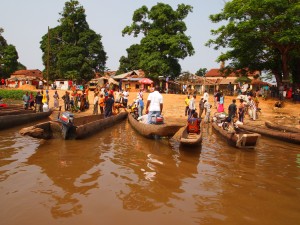
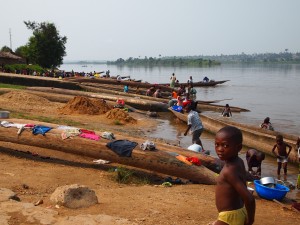
You are now looking upriver from the shore in D'Alunguli. Just behind the canoes in the foreground is one of those dugouts packed with people and ready to cross.
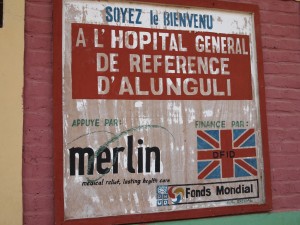
The trip to D'Alunguli included a visit to its General Hospital. Like the town around it, conditions inside the hospital were stark. The hospital is really a series of small buildings.
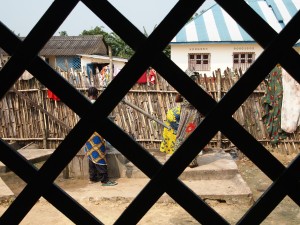
The water for the hospital comes from this pump. Note that there are no screens on the windows, or any windows, just the lattice work.
Intensive Care
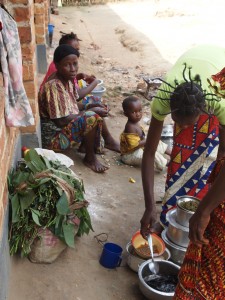
Cooking food outside. It was difficult at times figuring out who was the patient and who was family. Other times it was very easy to see who the sick person was.
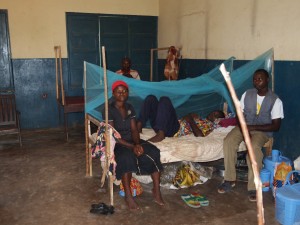
A view of the men's internal medicine ward. Note the food under the bed. The hospital does not provide food, so the patients and their families improvise. Improvise is a way of life here.

